Ficus Palmata - The Edible Fig Species You've Probably Never Heard of
In this article, we delve into the fascinating characteristics of Ficus palmata and uncover the allure it holds which has captivated botanists, horticulturists, and fig enthusiasts alike.


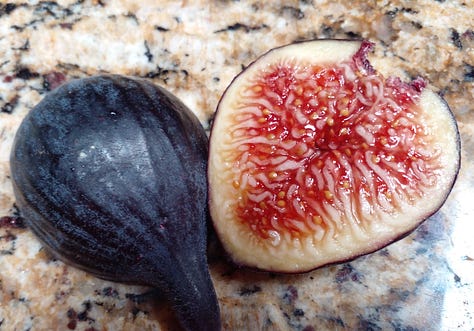
Distribution and Habitat:
Native to Northeastern Africa, the Arabian Peninsula, Iran, India and the Himalayas Ficus Palmata, also commonly known as Bedu, Wild Himalayan Fig, or Punjab Fig, belongs to the Moraceae family, and is a cousin of the common fig, Ficus Carica. Ficus Palmata is a remarkable tree known for its distinctive fuzzy heart-shaped leaves, tasty figs, and vigorous growth habits.

Notable Ficus Palmata Varieties:
While there are many cultivars and subspecies of Ficus Palmata, some varieties are said to taste as good or even better than common Mediterranean figs (ficus carcia). Some notable varieties of ficus palmata are the Iraqi fig, DFIC0023 Palmata Hybrid, Cherry Cordial Fig, Strasbourg fig, and Ficus Palmata N1.
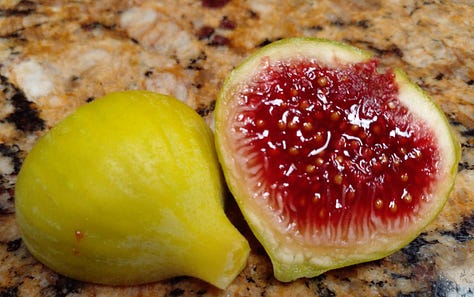
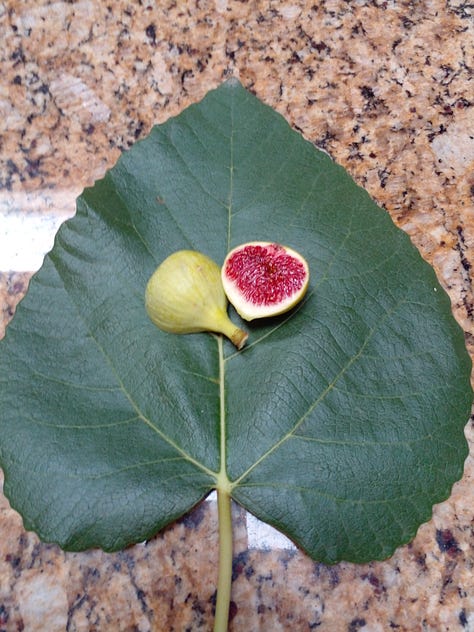

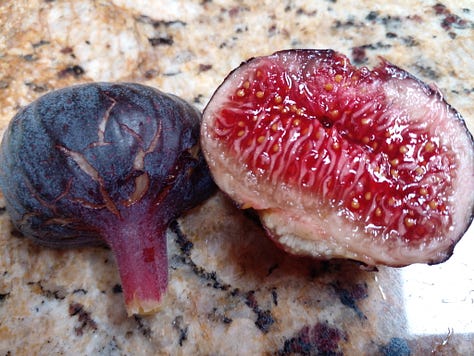
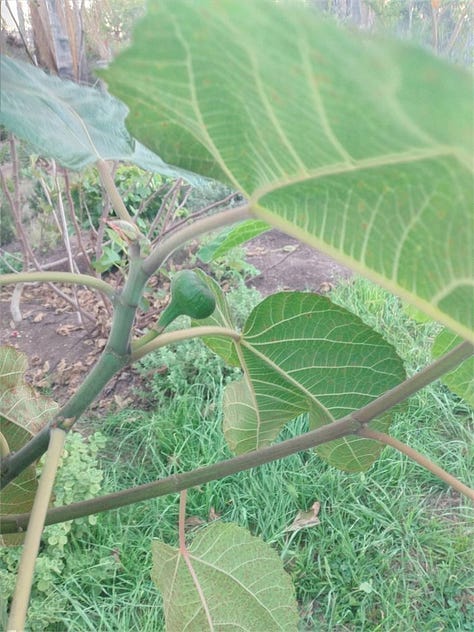
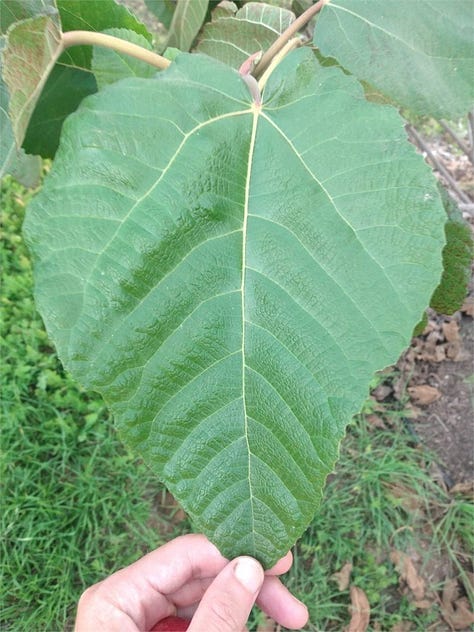
Edible:
Ficus Palmata, aka Punjab fig is reported to be one of the tastiest fruits found growing wild in the mid-Himalayan region. The figs vary in color from Green to Purple, are sweet, jammy, and pleasant tasting. Similar to ficus carica, ficus palmata has 2 sexual forms, the inedible male caprifig and female edible fig. The unripe fruits and young leaves and shoots can be cooked and eaten as a vegetable. They are boiled, the water removed, and then are fried.
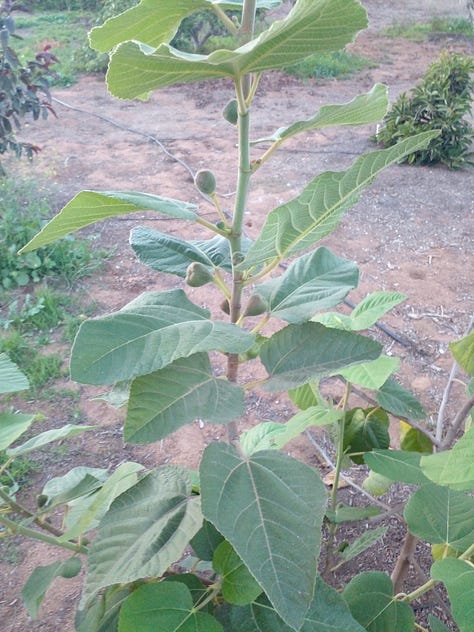
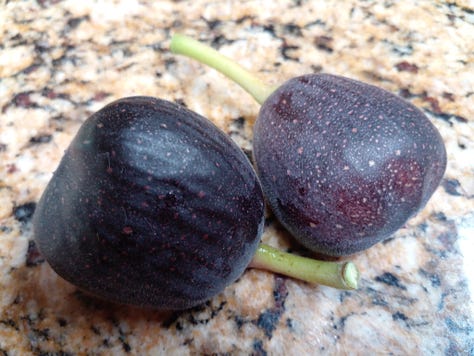
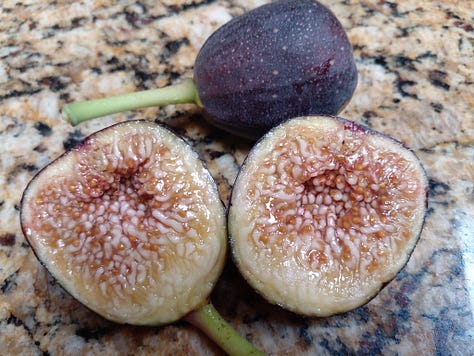

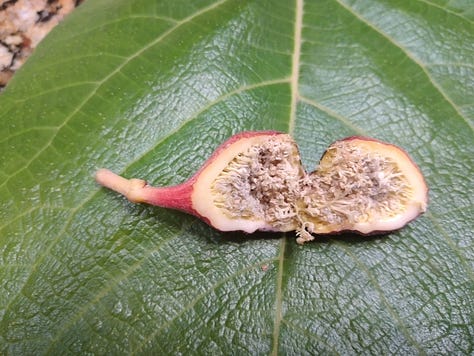

Medicinal:
Ficus Palmata has notable medicinal and cultural importance in the Himalayan region. Various components of the plant are used in folk medicine. The fruit contains a substantial number of bioactive compounds and antioxidants. The fruit is used as a demulcent, emollient, laxative, and poultice. The fruit is used in the diet for treatment of constipation and disease of the lungs and bladder. The fig sap or latex of the plant is used in the treatment of wart, and used to take out spines or splinters lodged in the skin.
Propagation:
Easily grown from mature wood cuttings (6-10 inches) in length. One popular method of rooting cuttings is called the fig-pop method, which uses 4-inch x 16-inch clear plastic bags filled half-way with a potting soil mix that the cuttings are stuck into for rooting. Soil mixes frequently used for rooting ficus palamta cuttings include ingredients such as peat moss, coconut coir, sand, perlite, pumice, and vermiculite. F. Palmata can also be grown from seed. Seedlings are not identical to the mother fig, though they are usually very similar. There is roughly a 50% chance that each seedling will be an inedible male caprifig and 50% chance of being an edible female fig.

Rootstock:
Ficus Palmata is compatible with Ficus Carica for grafting, and can be useful as a rootstock due to its extreme vigor. However Ficus Palmata is not as cold hardy as Ficus carica, and is not suitable as a rootstock in locations with cold winters.
Breeding:
Ficus Palmata is compatible with Ficus Carcia for breeding, and there are several ficus palmata/carica hybrids grown by fig farmers. Palmata hybrids are known for being extremely vigorous.





Lovely Fig! I had a fig tree from Iran, in my backyard, that tree grew the biggest and most delicious figs..
Those little figs look ... little. What is their size. So this is a sexual and asexual fig, as far as propogation? How does it spread in nature? Those little seeds get planted by small animal manure?